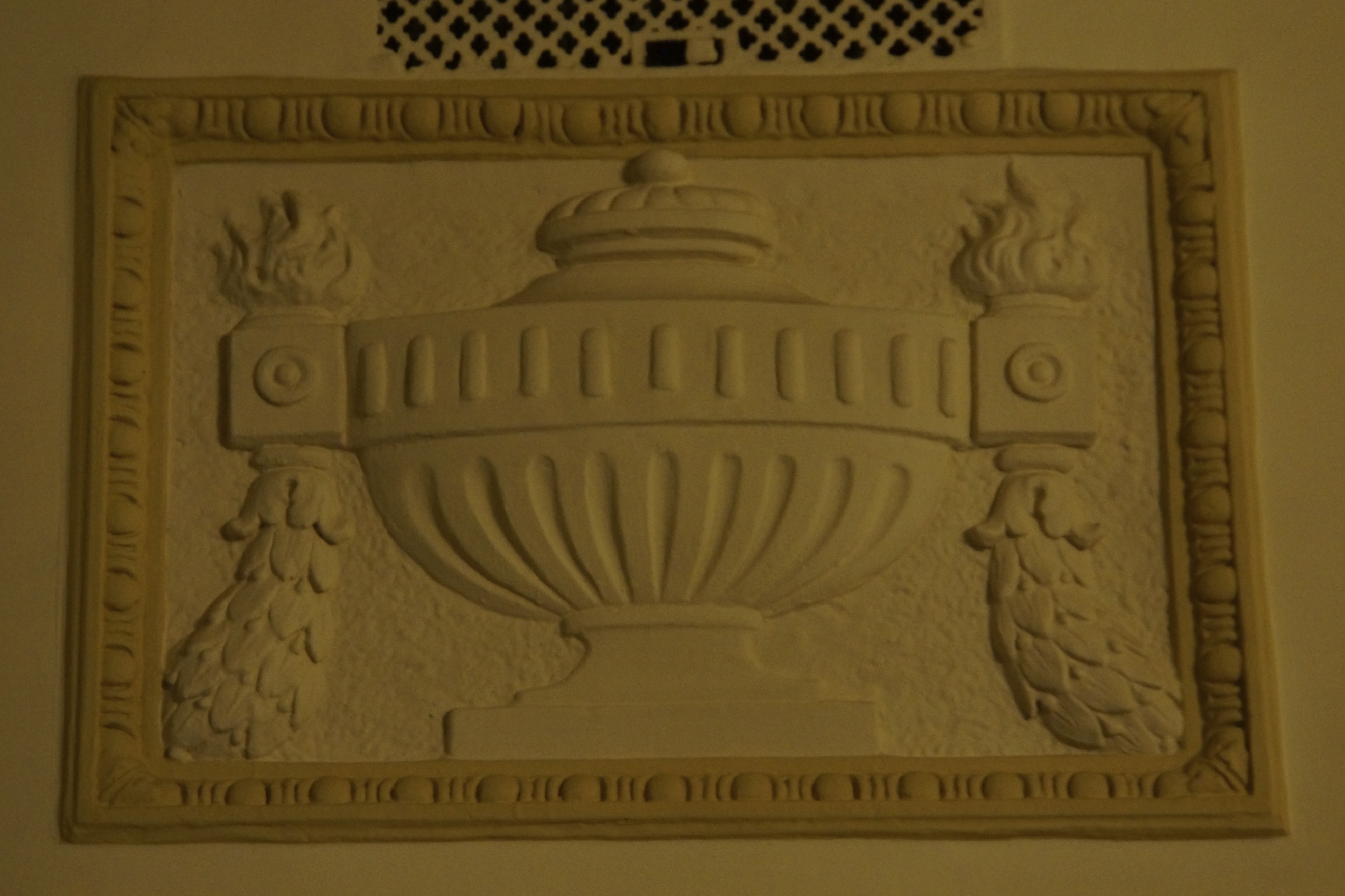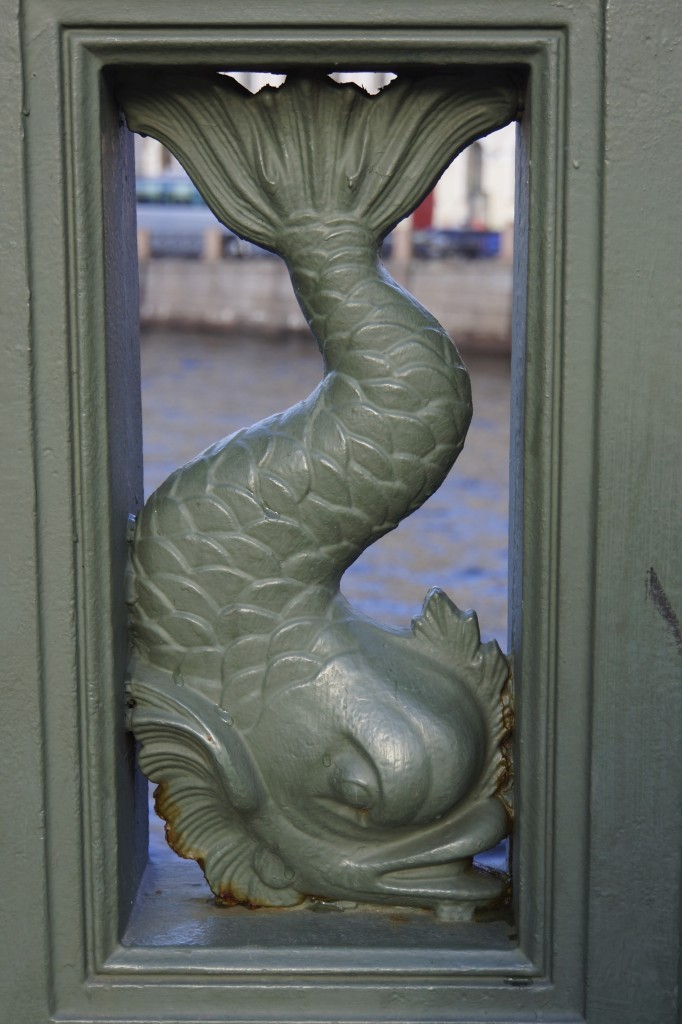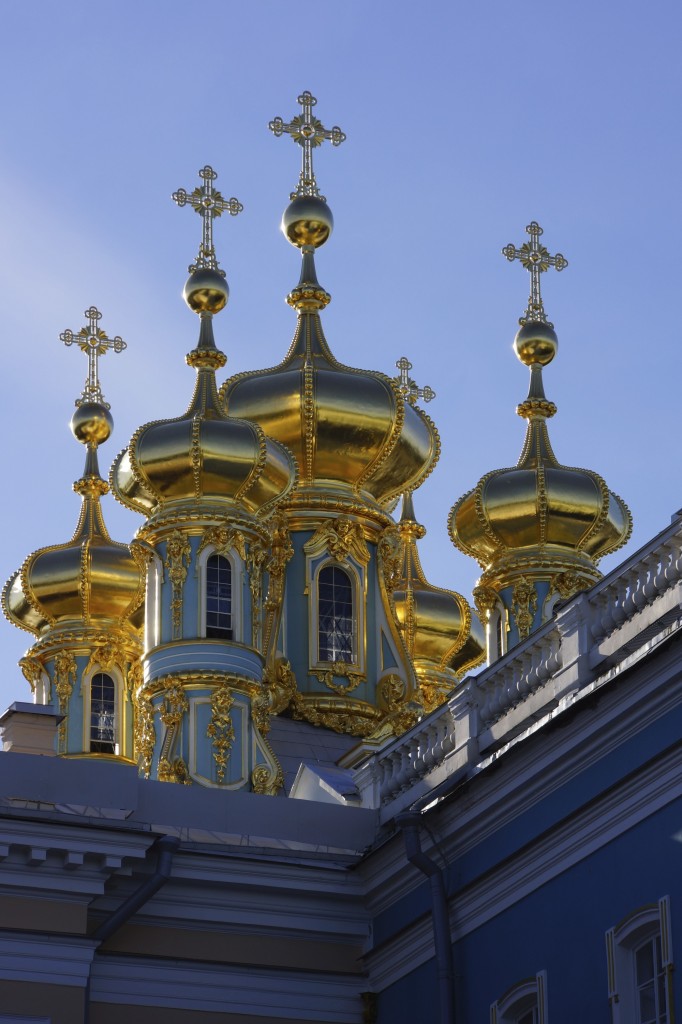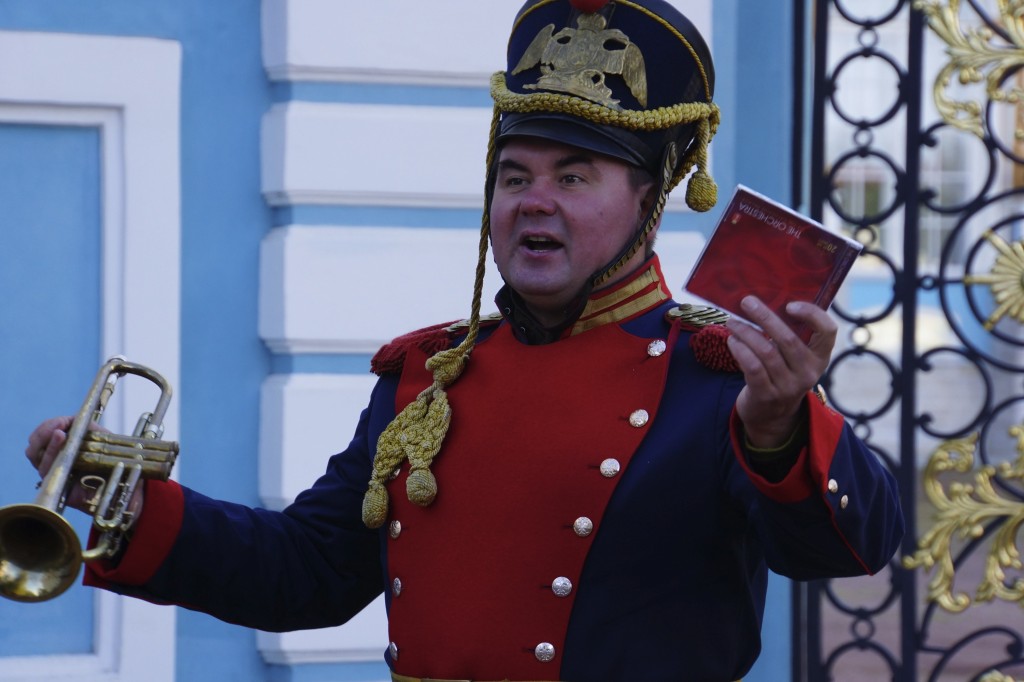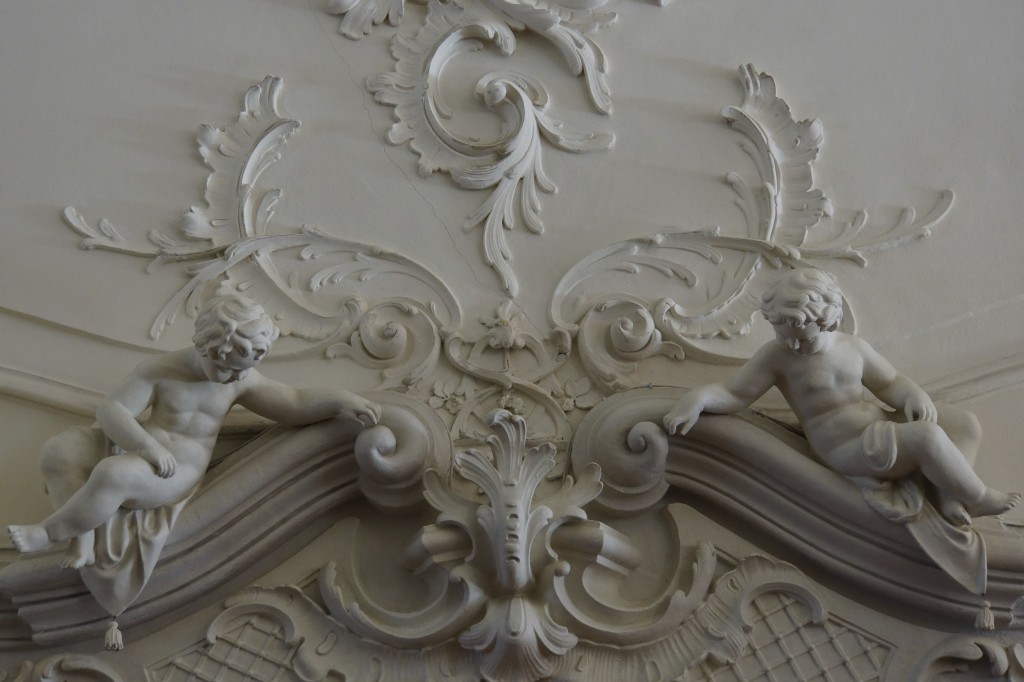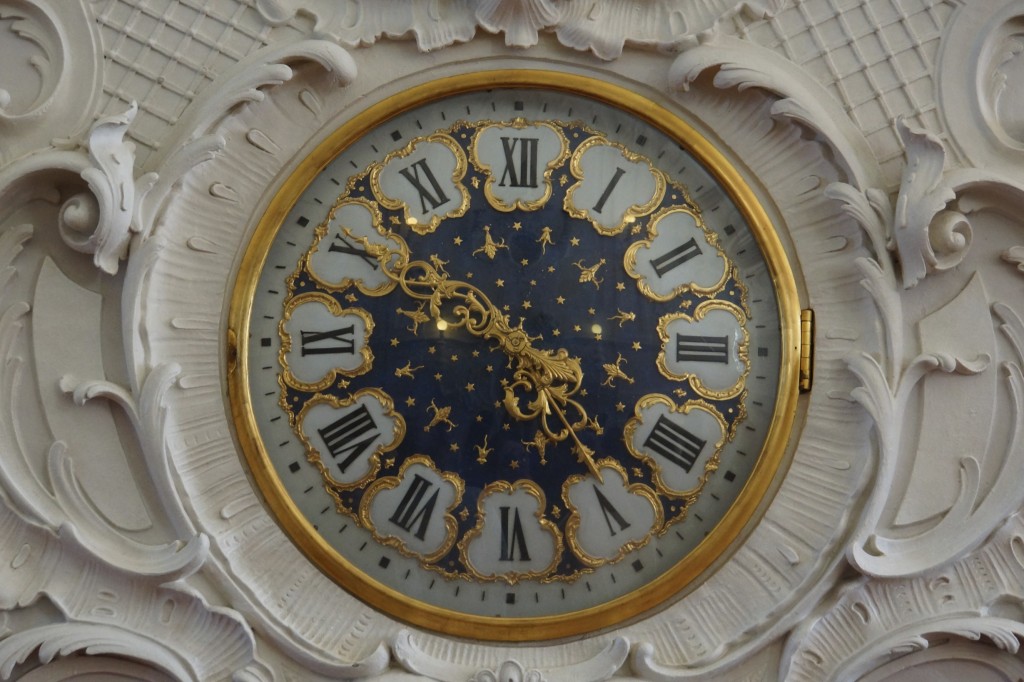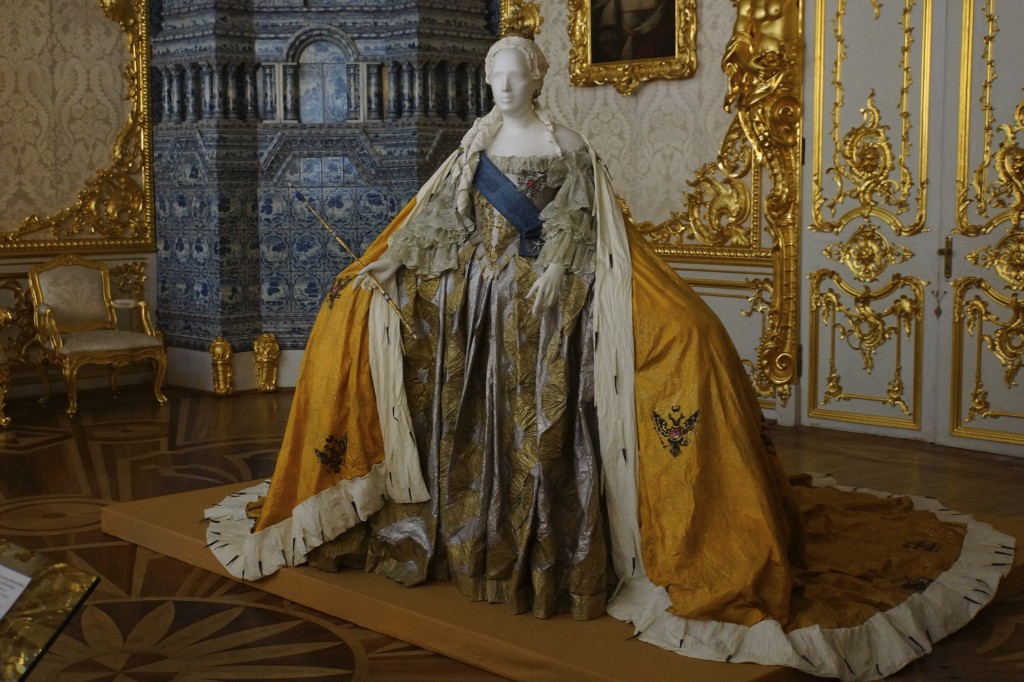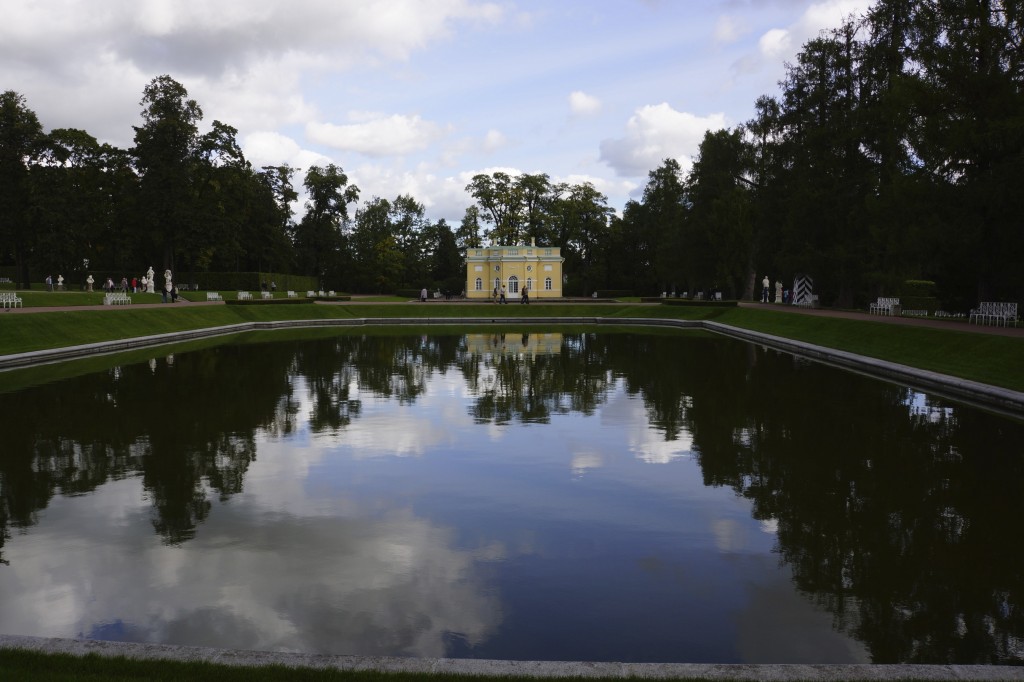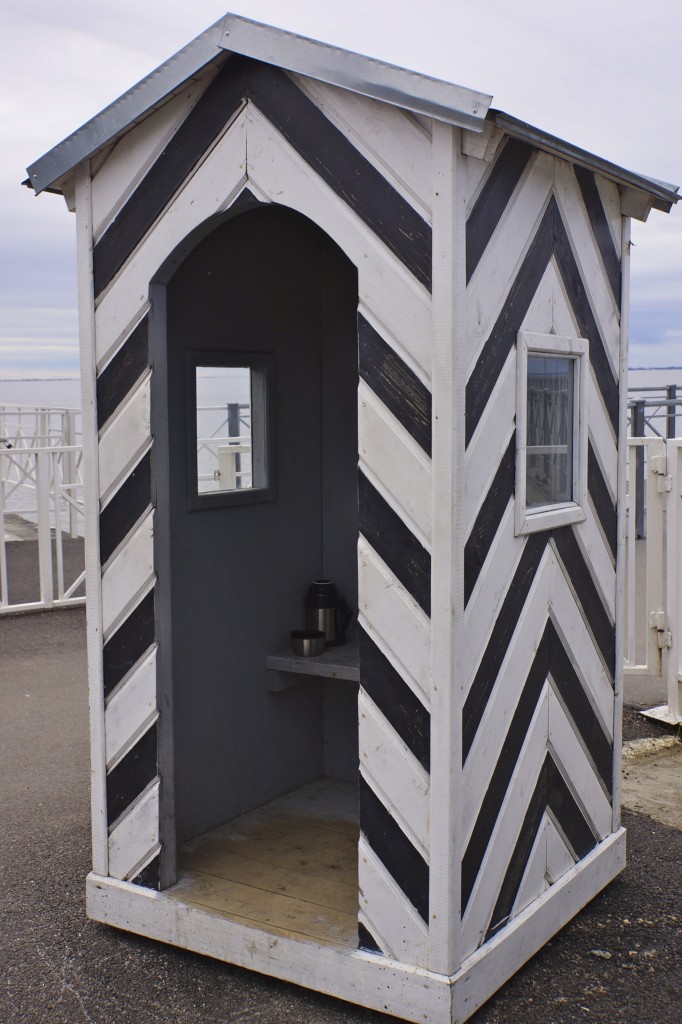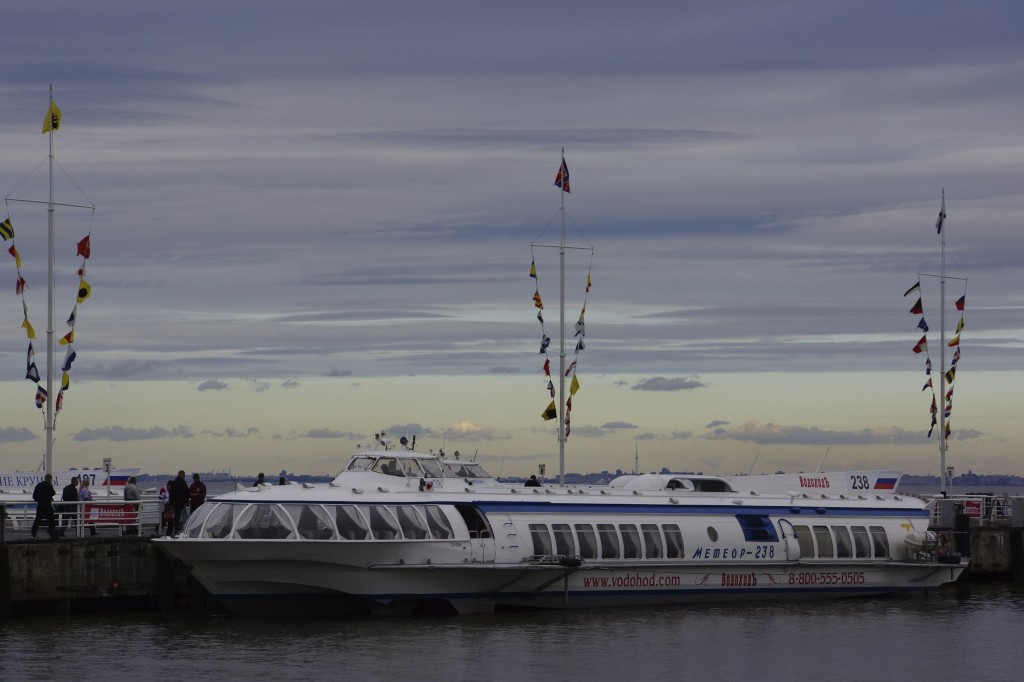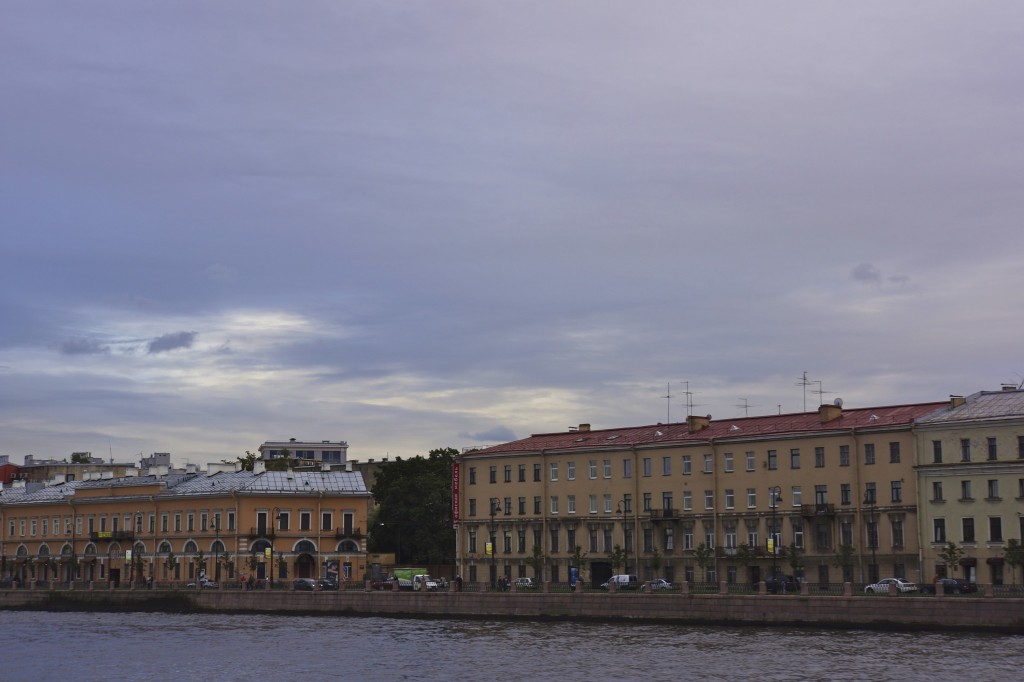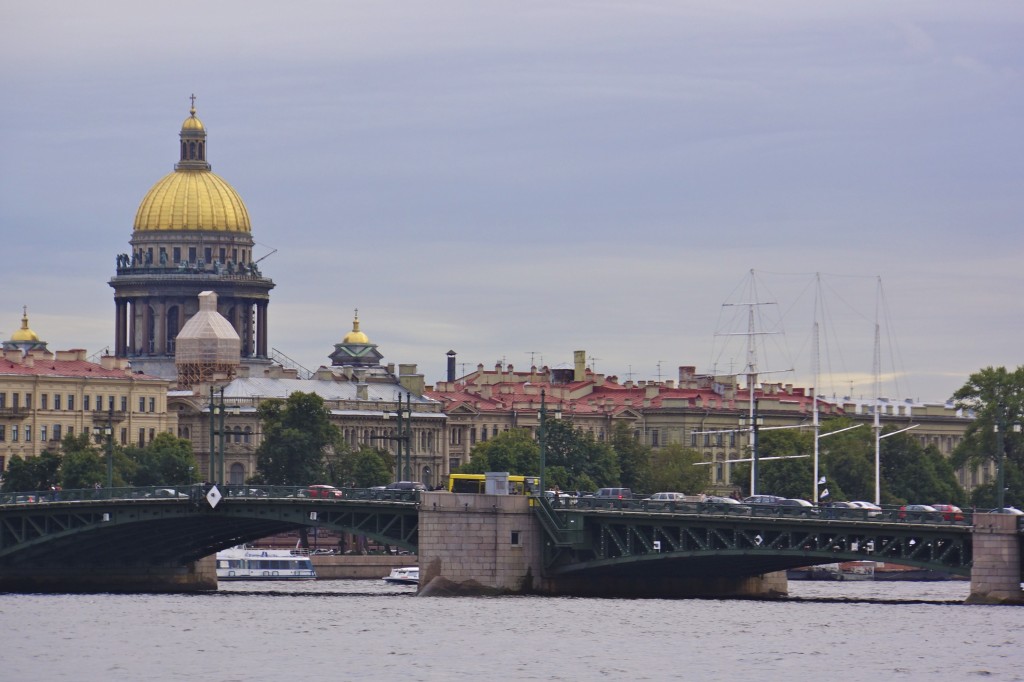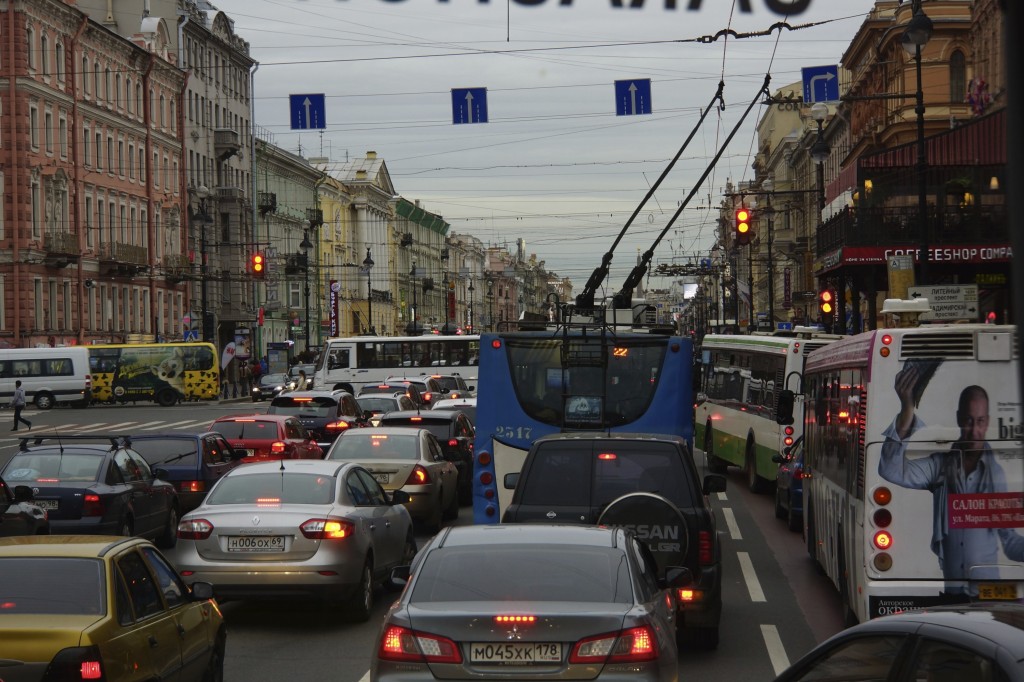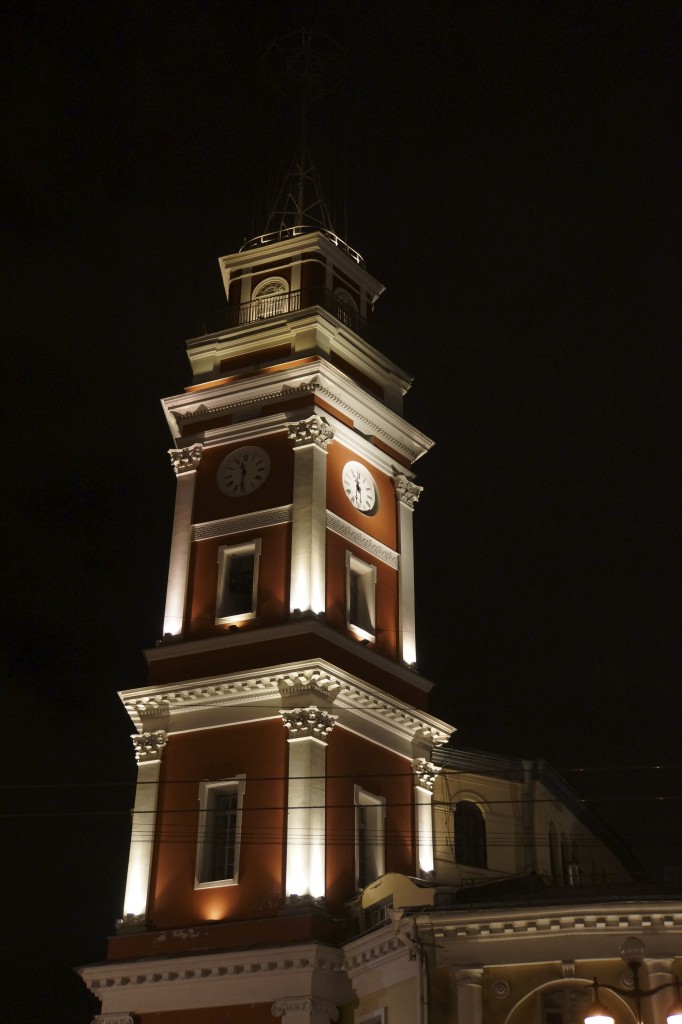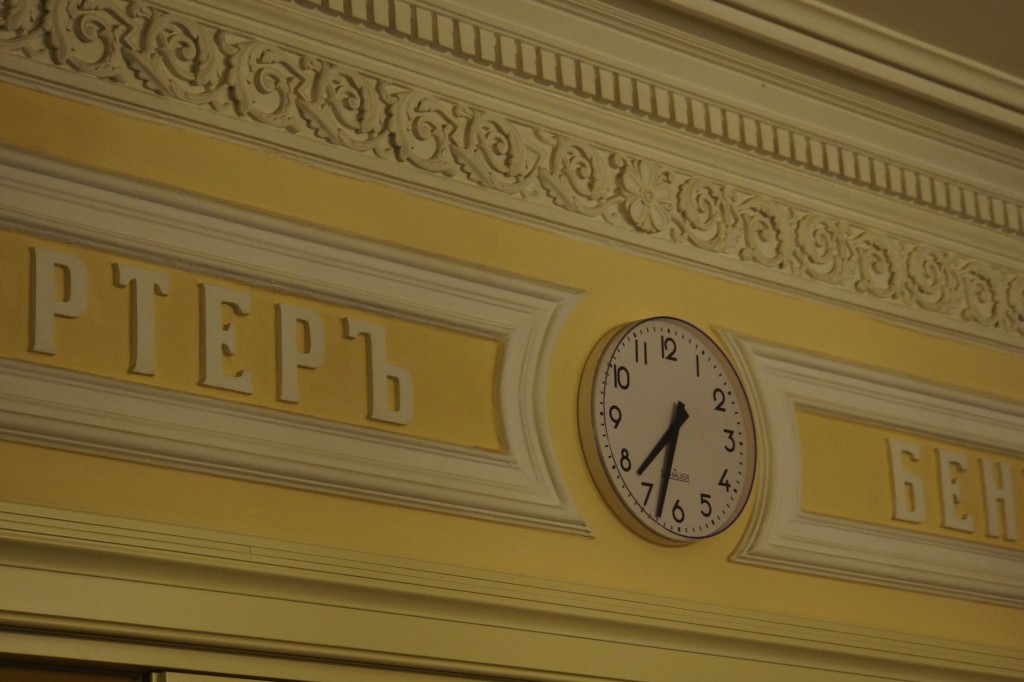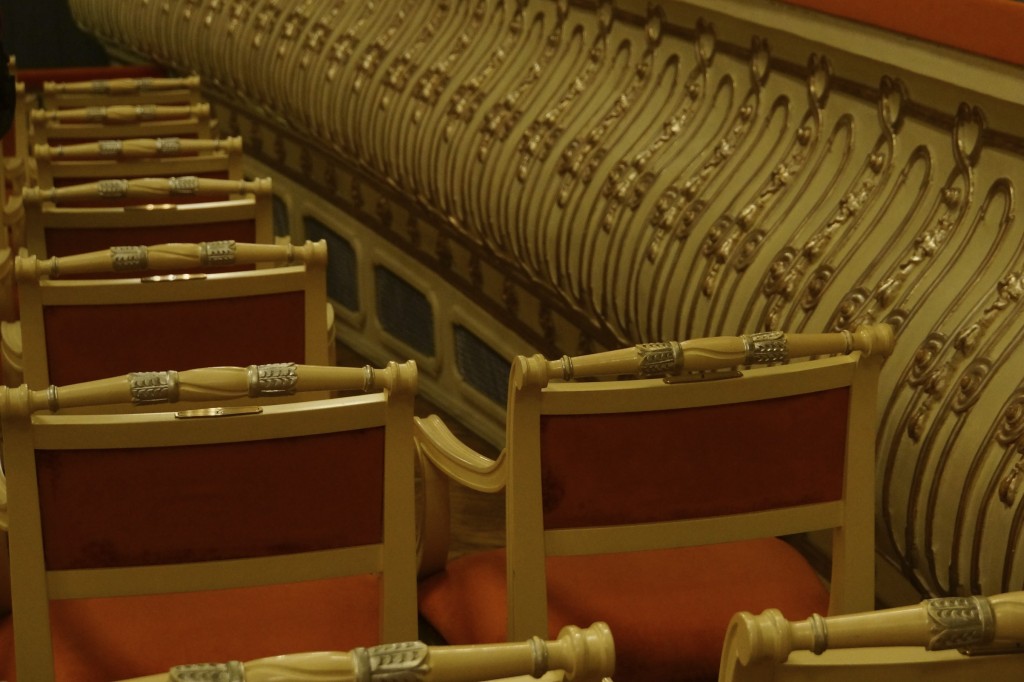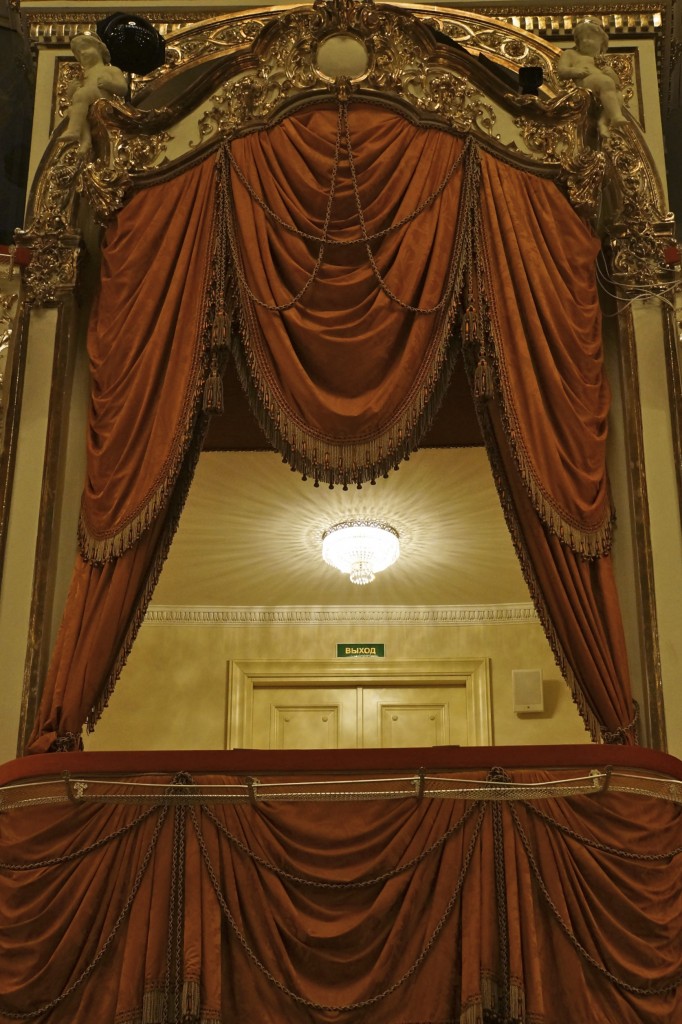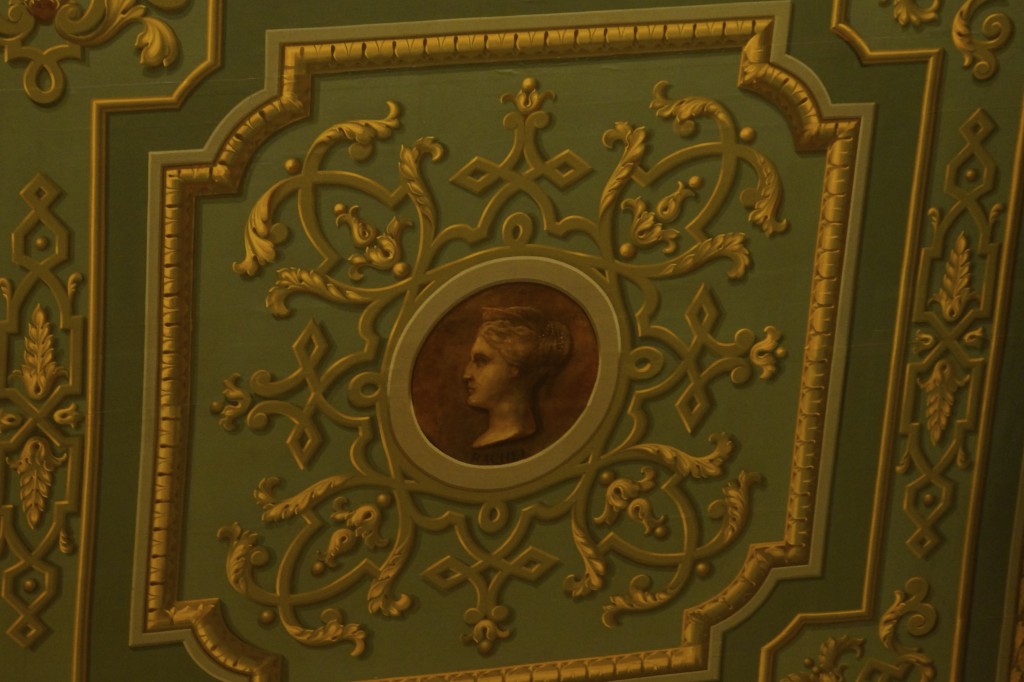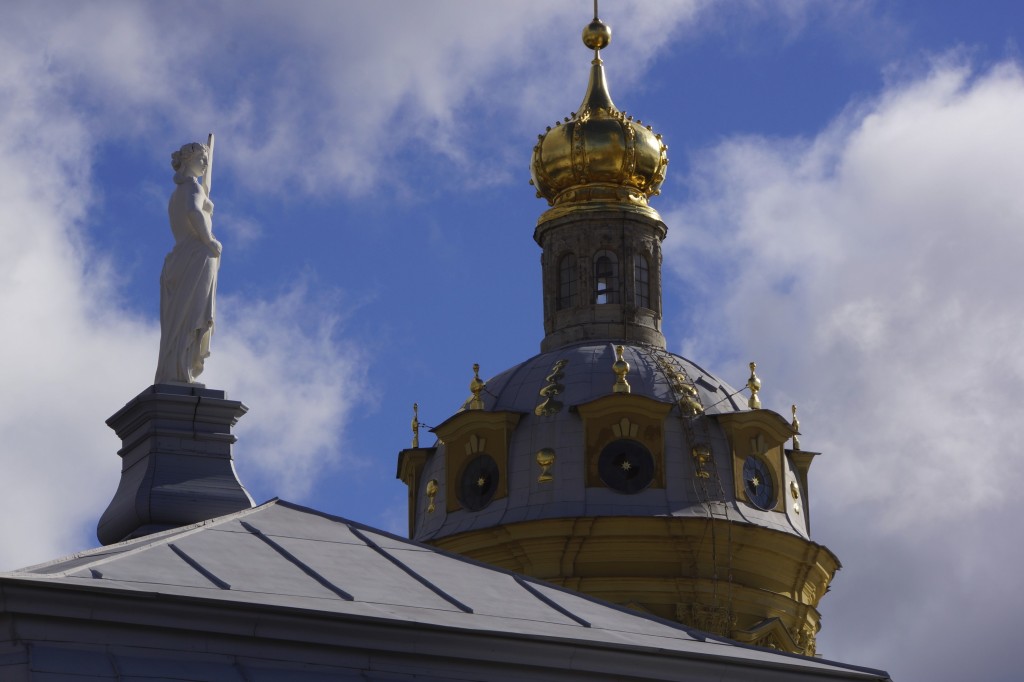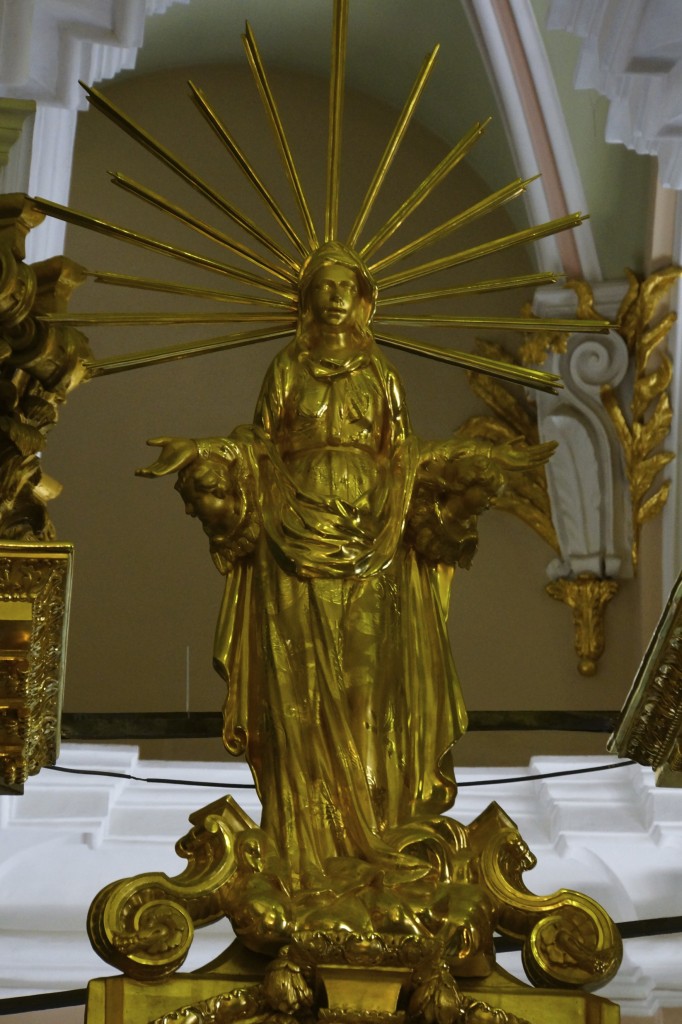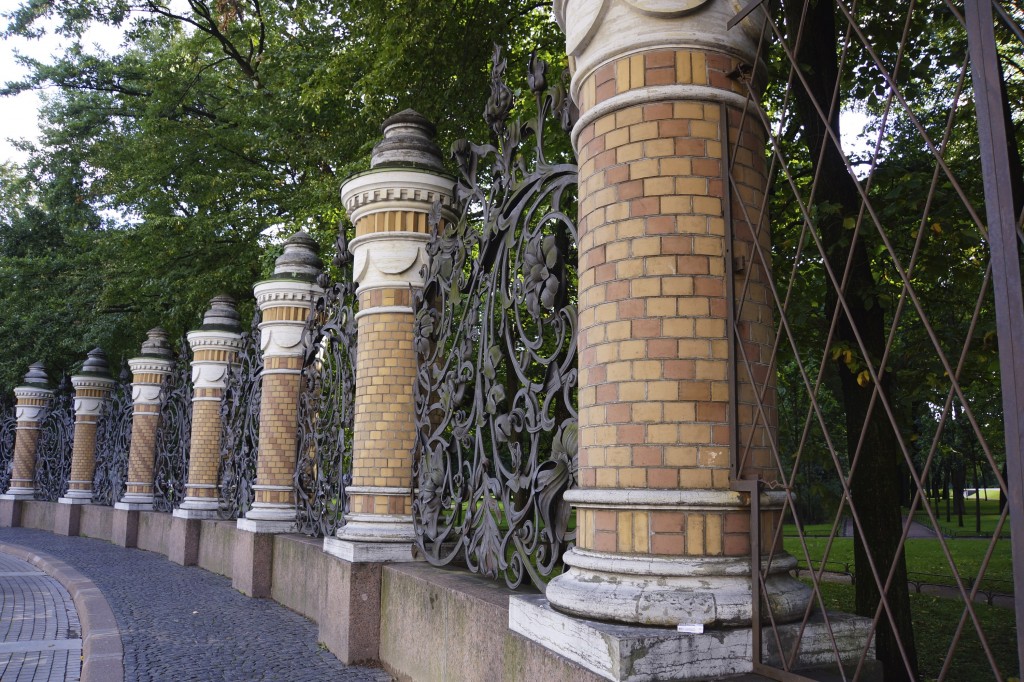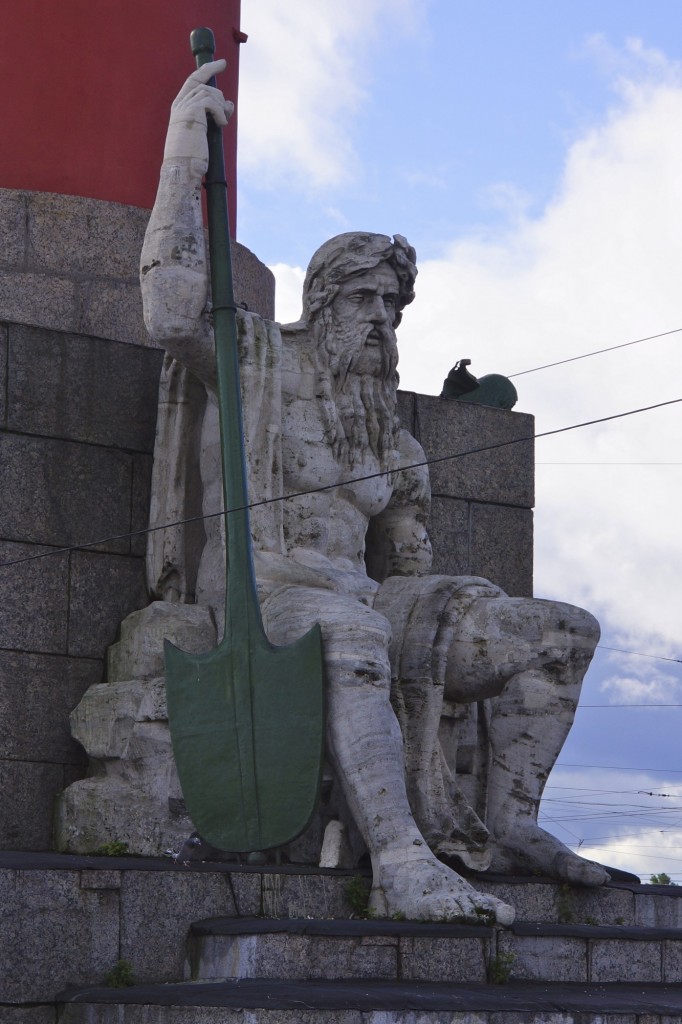
The State Hermitage Museum in Saint Petersburg, Russia is one of the largest museums in the world, with three million works of art and one of the oldest art galleries and museums of human history and culture in the world. The vast Hermitage collections are displayed in six buildings, the main one being the Winter Palace which used to be the official residence of the Russian Tsars
Catherine the Great started the famed collection in 1764 by purchasing more than 225 paintings from Johann Ernst Gotzkowsky, after bankruptcy in the year before. Gotzkowsky provided 225 paintings to the Russian crown, to be able satisfy to his obligations. Flemish and Dutch masters such as Dirck van Baburen, Hendrick van Balen, Rembrandt, Rubens, Jacob Jordaens, Antoon van Dyck, Hendrick Goltzius, Frans Hals, Jan Steen and Gerrit van Honthorst formed the basis and the beginning of the collection in the Hermitage. Russian ambassadors in foreign capitals were commissioned to acquire the best collections offered for sale: Brühl’s collection in Saxony, Crozat’s in France, and the Walpole gallery inEngland. Catherine called her art gallery my hermitage, as very few people were allowed within to see its riches. In one of her letters she lamented that “only the mice and I can admire all this.” She also gave the name of the Hermitage to her private theatre, built nearby between 1783 and 1787.

Michelangelo
The collection of the State Hermitage includes more than three million works of art and artefacts of the world culture.

Antonio Canova
It is said that if one spends 1 minute in front of each museum exibit, it would take 10 years to see them all.

Rembrandt – Danae

Rembrandt – Flora

Rembrandt – Return of the Prodigal Son

Botero – Still Life w Watermelon

Marquet – Notre Dame

Renior – Woman on a Stair

Cezanne – Blue Landscape

Van Gogh – Madame Trabuc

Renior – Ladies of Arles

Matisse – Lady on a Terrace

Matisse – Music

Matisse – Dance

Matisse – Young Woman in Blue Blouse

Matisse – Woman in Green

Matisse – Family Portrait

Matisse – Conversation

Matisse – Portrait of the Artist’s Wife

Kees van Dongen – Lady in a Black Hat

Picasso – Violin and Guitar




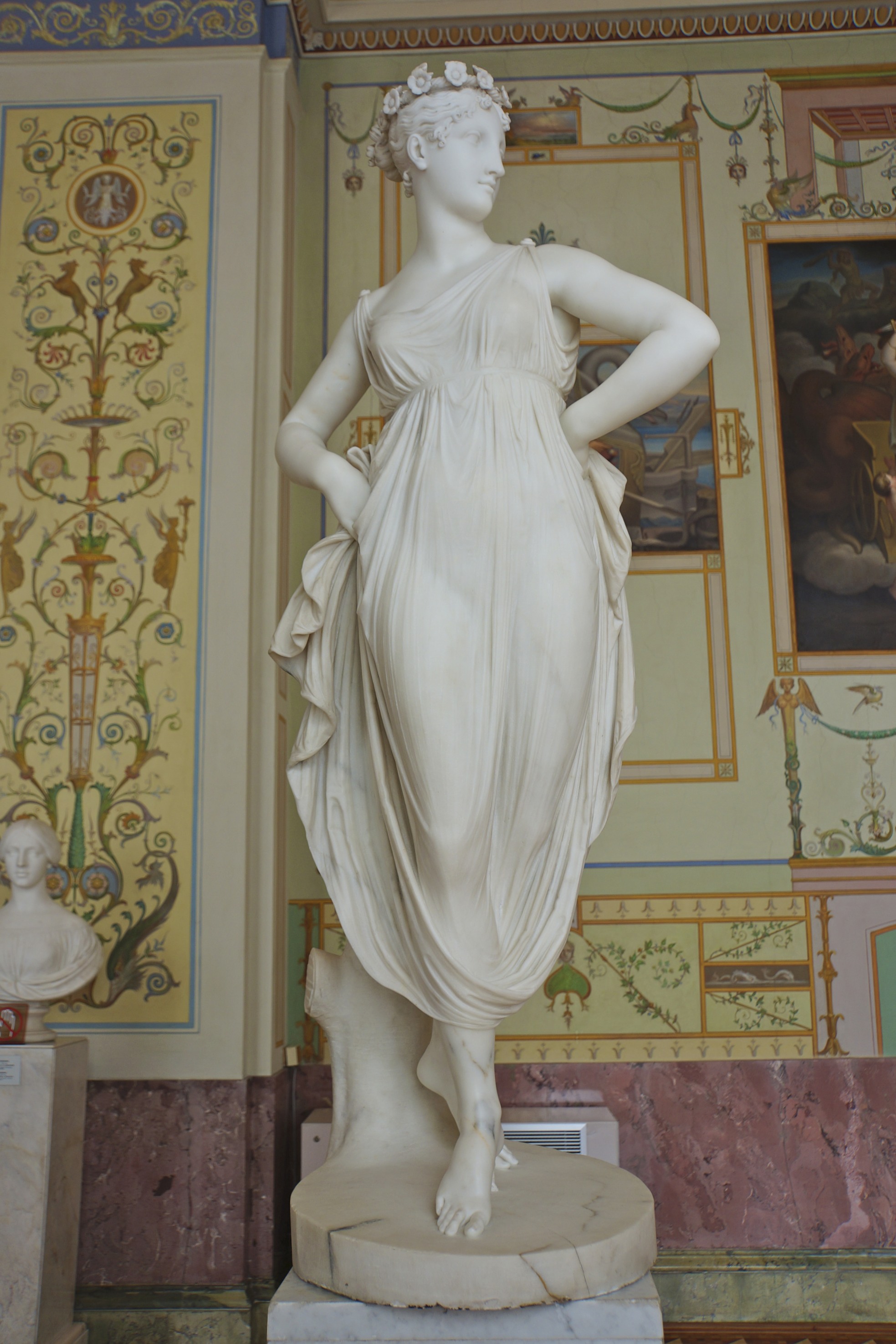


| Church of the Birth of St. John the Baptist (Chesme Church) Built alongside the Chesme Palace as an Imperial posting house on the way to Tsarskoe Selo, this wedding-cake gothic building is one of the most unusual and attractive in St. Petersburg.. |

City Hall Building, St. Petersburg
St. Petersburg was named for its founder, Tsar Peter I, better known as Peter the Great. He was the grandson of Mikhail Romanov, founder of the Romanov dynasty that ruled Russia from 1613 until the Russian revolution in 1917. Peter’s rise to power was not as easy as most monarchs. He was the son of Tsar Alexis (1645-1676) and his second wife. In order to become Tsar, Peter had to deal with his older half sister Sophie who was ruling Russia. After building up loyalty among the army, Peter overthrew Sophie and sent her to a convent in Moscow in 1689. In May 1703 Peter laid the cornerstone of the fortress he named St. Petersburg, in honor of the guardian of the gates of heaven. (And, coincidentally, his name!) Peter built a shipyard across the Neva River from the fortress, giving Russia a European trading seaport and important access to the West. In 1712, Peter moved the capital from Moscow to St. Petersburg and required all of the aristocracy to (1) move there, (2) build lavish homes for themselves, and most importantly, (3) contribute to paying for the construction of the government buildings there. Peter had studied fortification and shipbuilding in Western Europe and greatly influenced the design of the city with his ideas.

City Hall from the inside looking out.

Russian interpreter.


Portrait of Lenin in City Hall.





Lenin’s office is kept as it was when he last left it…this is the desk of his admin, right out side his door.

Lenin had a cot in room around the corner of his office that use to catch some rest.

Lenin’s desk as he left it.










This reception at the American Embassy on September 11th began with a moment of remembrance of that fateful day. What am amazing feeling it was to be in Russia and paying tribute to 9/11 – 11 time zones from home where the news was no doubt all about remembrance.




